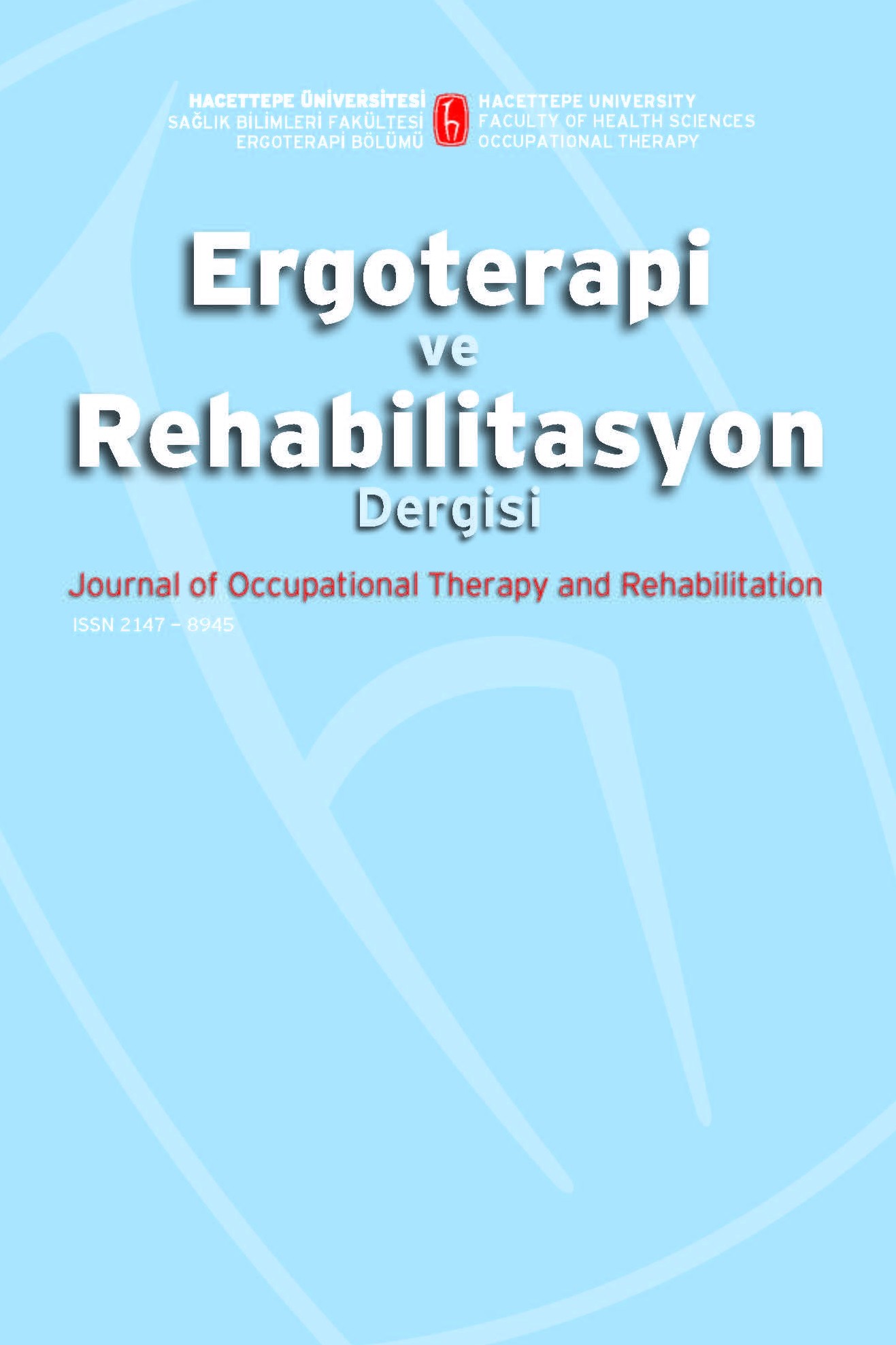Sinir Sistemi Gelişiminin İşlevsel, Duygusal ve Bilişsel Desteklenmesi
Amaç: Gelişimin desteklenmesinde işlevsel, duygusal ve bilişsel cevapların birbirlerinden ayrılamıyacağı gerçeğini irdelemek. Gereç ve yöntem: Doğumdan sonraki süreç, hem anne ve babalar hem de çocuk için bir uyum sürecidir. Doğumdan sonra ilk altı aylık dönemde, beyin sapında oluşan duyusal uyaranlara istemsiz hareketler olarak izlenen ilkel refleksler fonksiyonlarına devam ederken gelişir ve üst kortikal beyin, beynin düşünen parçasının önderliğinde bütünlenerek gelişmiş postural denge ve hareket paternlerini ortaya çıkaran postural refleksleri yapılandırır. İlk öğrenme deneyimleriyle duyularından aldığı bilgiler arttıkça gelişir ve bu deneyimlerini hem motor gelişimini desteklemek hem de kendisini sakinleştirebilmek için kullanır ve bilişsel gelişimi destekler. Stanley Greenspan ve çalışma arkadaşları bebeklerin gelişimini uzun yıllar inceledikten sonra, geleneksel olarak ayrı boyutları olduğu düşünülen işlevsel, duygusal ve bilişsel cevapların birbirlerinden ayrılamıyacağı gerçeğini görmüşler. Duyusal Bütünleme, karşılıklı etkileşim ve ilişkiyi temel alan DIR/Floortime ve Nöro-Gelişimsel yaklaşımlarıyla, bebeklerin bireysel farklılıklarına göre yapılandırılmış uygulama programı hazırlanır ve çocuğun kendi vücudundan ve çevresinden gelen duyusal uyaranlardan aldığı bilgilerin biraraya getirilmesini ve eşleştirimesini sağlıyarak uyanma, dikkat, etkilenme ve harekete geçme dörtlüsü işlevselleşir ve davranışsal düzenlemesinin ve bilişsel gelişimin ana alt yapısını oluştururlar. Verimli, normal ve uygun cevapların oluşması için sinir sistemimiz duyusal bilgileri alır, beynimiz bunları organize ederek anlam kazandırır ve içinde bulunduğumuz çevreye uygun, amaca yönelik karmaşık hareketleri başarabilmek için ilişki kurabilme, karşılıklı etkileşimi sürdürebilme, ortak sosyal problemleri çözebilme, fikir üretebilme, planlama yapabilme gibi sosyalleşme becerilerinin gelişiminde, kaba ve ince motor becerilerin gelişiminde, sakinliğini koruyarak, odaklanabilme, katılabilme, amaca yönelik dikkatini uzun süreli sürdürebilme için kullanarak doğal öğrenme sürecini yaygınlaştırır. Tartışma: Böylece bebeğiniz gelişen kapasitesiyle daha önceden yapamadığı becerileri deneyimleyerek ustalaşabilir ve yaşadığı çevreye yüklediği yeni anlamlar ile evrendeki konumunu yeniden tanımlayarak kapasitelerini genişletir
First Year in Life Functional, Emotional and
Cognitive Development of the Nervous System
In supporting development, the goal is to comprehend that functional, emotional and cognitive
responses are inseparable. Material and Methods: After birth, it is a process of adjustment for
both the parents and the child. In first six months, the primitive reflexes are observed originating from
the brain stem as responses to the sensory stimuli in the form of involuntary movements. As the primitive
reflexes continue its functions and develop, the front cortical brain –lead by the thinking part of
the brain- configures the postural reflexes through integrating better adjusted postural balance and
movement patterns. These early learning experiences evolve as the baby accumulates more sensory information and the baby uses these experiences to calm him/herself while enhance motor and cognitive
development. Stanley Greenspan and his colleagues have concluded after many years of research
that what had been conventionally perceived as separate levels comprised of functional, emotional
and cognitive responses were in fact parts of a whole and cannot be separated. Sensory integration
therapy embraces the DIR/Floortime and Neuro-Developmental understanding based on reciprocal
interaction and relationships through which an intervention is designed to meet the needs of a child’s
individual differences. Sensory Integration refers to the way in which children register and perceive
sensory information from their bodies and the environment helps the child to bring together, match
and process the information from the visual, auditory, tactile (touch), smell and taste, proprioceptive
(body awareness), and vestibular (sense of gravity) systems. The “Four A’s” arousal, attention, affect,
and action are a reflection of integration of the senses and at the core of behavioral regulation and
cognitive development in the young child. In order for us to come up with efficient, normal and appropriate
responses; the nervous system gathers sensory information, and the brain attaches meaning
through organizing the information. In order to succeed performing goal-oriented complex movements
suitable to the environment and maintaining reciprocal interaction, we need to be able to manage
social skills such as relating, creating ideas, planning. This, in turn, enables fine and gross motor development,
maintaining regulation and organization, focusing, participating, and upholding goal-oriented
attention for prolonged time frames which unfold the natural learning processes. Conclusion: Through
implementing such an approach, the baby can experience and master new skills that were non-existent
before with the help of his/her developing capacity and with the new meanings that he/she attaches to
his/her surrounding environment, it will be possible to further enhance the capacity through orienting
his/her position in the universe.
